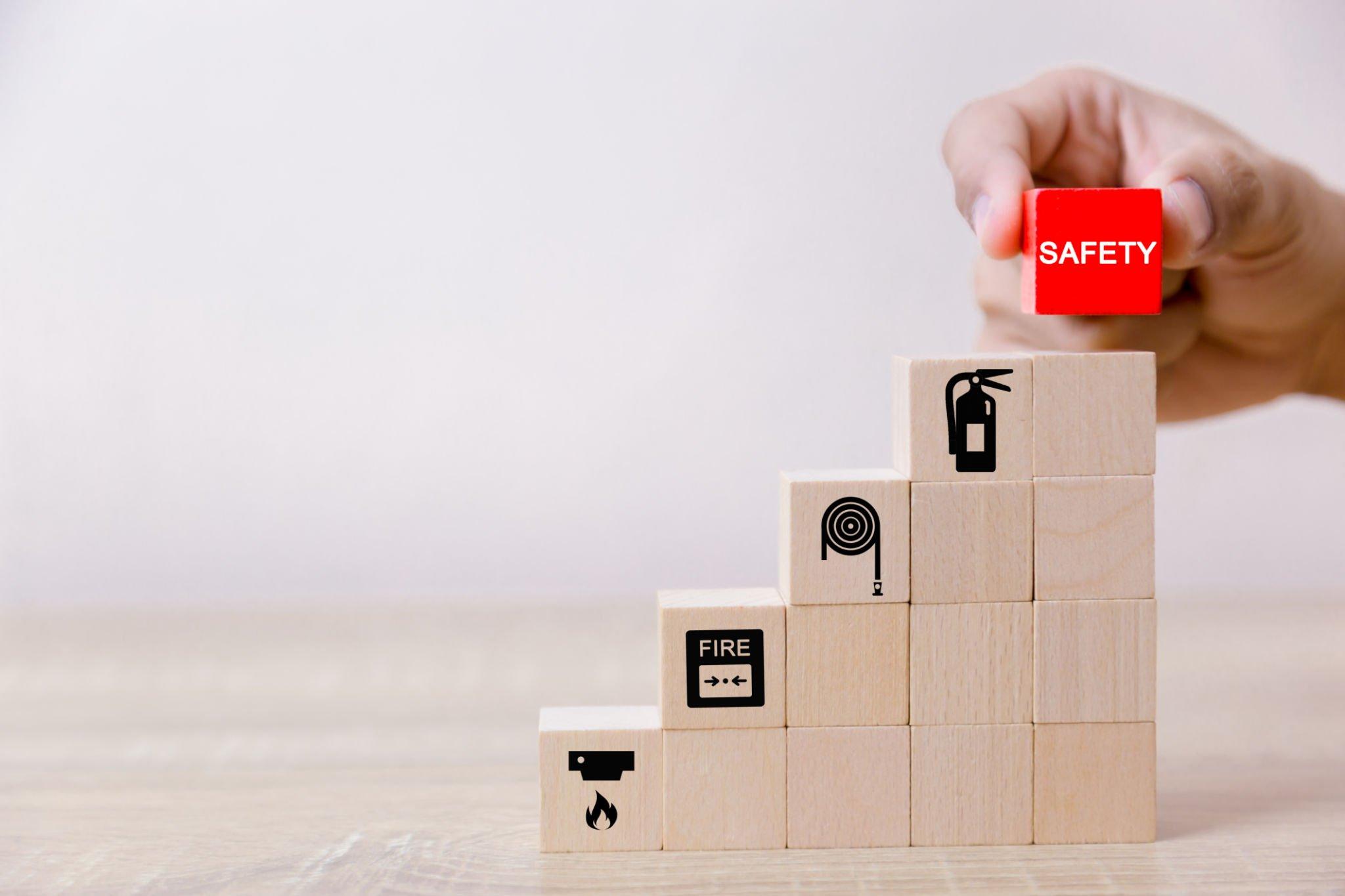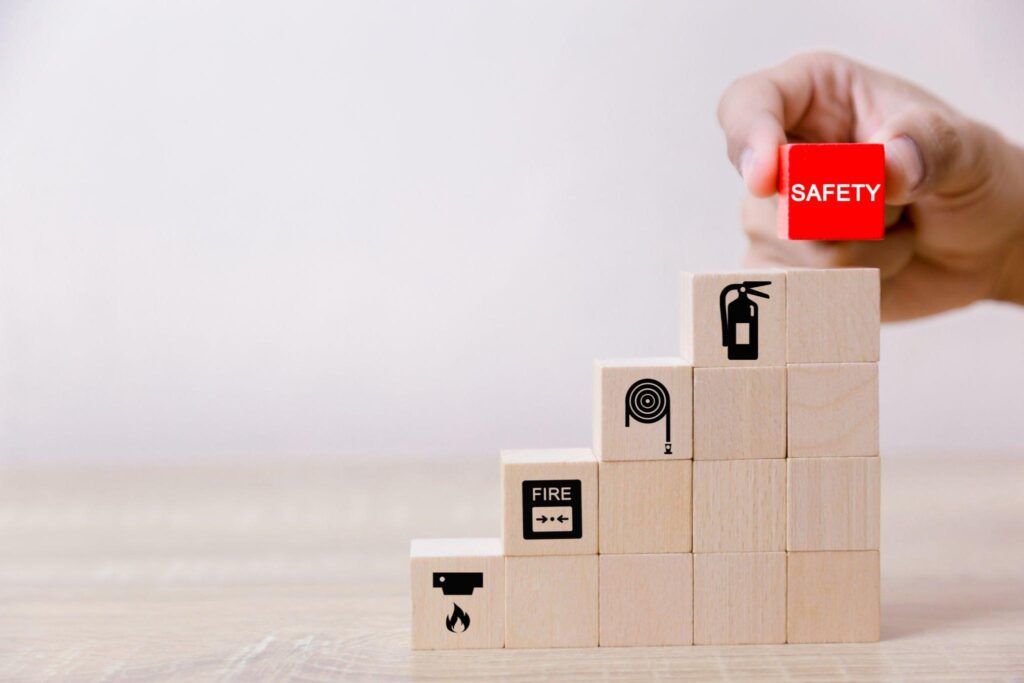
With an increase in the number of skyscrapers being developed across the country, a focus on fire safety regulations and compliances must be maintained to safeguard inhabitants. And the developer must install a robust firefighting system, use fire-resistant construction material where possible, and ensure all civil and fire-related compliances are adhered.
Let us look at key aspects which can help real estate developers create edifices that are less susceptible to fire risk and provide a safety net to its occupants in the unlikely scenario of a fire.
Incorporating spatial design elements to create a fire compartment.
For high-rise structures, the major threat to fire safety emanates from the rapid spread of fire from the initial focal point through common spaces like storage areas, elevator shafts, ventilation ducts and other cavities that may be integral to either the aesthetic or functional appeal of the structure. In order to mitigate this risk, it is important to ensure that there is a break in wind flow between two or more spaces by adding baffle plates or adopting asymmetric layouts. A benefit of the latter approach is that each unit within the project will be isolated from adjacent units, which will help curtail the risk of fire spreading from a local fire to any particular unit space. In the scenario where the design cannot be altered or for existing structures, a combination of fire-resistant walls, windows, doors, and access points can go a long way in reducing fire risk.
Installing adequate fire alarm and firefighting systems
In the event of a fire, it is crucial that the source is detected at the nascent stage through a network of fire alarm monitoring systems that include ionisation fire alarms, photoelectric detectors, or a combination of both types to maximise protection capabilities. To fight such kinds of fires, the developer needs to ensure that every level is equipped with fire hydrant systems for large spaces and fire suppression systems like sprinklers for individual units. Care must be taken to cover all areas and maintain a fire hydrant/extinguisher at the recommended distance as stipulated by fire safety norms mandated by the local authorities. Additionally, all equipment should be placed in easily accessible locations, and all occupants are made aware of the same for easy access in emergencies. Lastly, there has to be adequate space on the ground level for firefighting machinery to reach right up to the built structure and for fire-retarding operations to be carried out seamlessly.
Conducting regular safety audits to manage risk effectively
Despite all precautions taken, in many cases, fire tends to spread very fast and necessitates that a speedy evacuation procedure is in place. To help to carry out a safe evacuation process, it should be ensured that the optimal path is highlighted using glow-in-dark stickers and/or guiding lights so that all occupants can easily move towards the safe assembly area. After implementing these measures, all residents of a building should be taught about basic firefighting procedures and mock drills be conducted to ensure that they do not panic in a real crisis. Conducting regular safety audits comprising all checkpoints regarding the availability and functioning of firefighting equipment, awareness of residents on storage guidelines, and smooth emergency evacuation can make a crucial difference in an emergency situation.
Proper lifecycle management of critical electrical components
Finally, it is important that all electrical wiring, switches, circuit breakers and other equipment are checked for disintegration on a periodic basis and replaced if needed. This is primarily because electrical fires are the leading cause of most high-rise buildings and require specialised firefighting measures to combat their spread. A regular inspection of all floors in the building should ensure flammable materials that can trigger a much larger fire are not stored in common or enclosed areas, and appropriate measures are implemented to prevent such accumulation.
As a footnote, it is important for developers to ensure that the constructed complex is compliant with all fire safety norms and that additional precautions are taken right from the conceptual stage. With a safety mindset imbibed, such developers will eventually leverage the accumulated experience to develop even safer structures that can safeguard generations of their customers and create a brand celebrated by all.





















